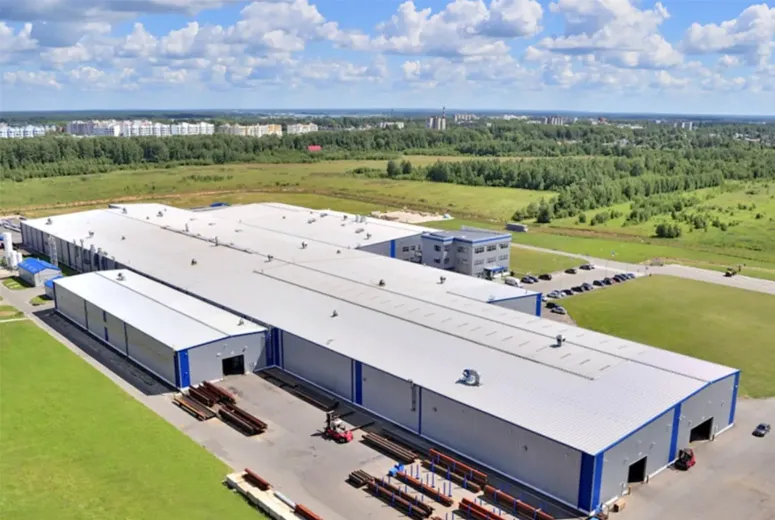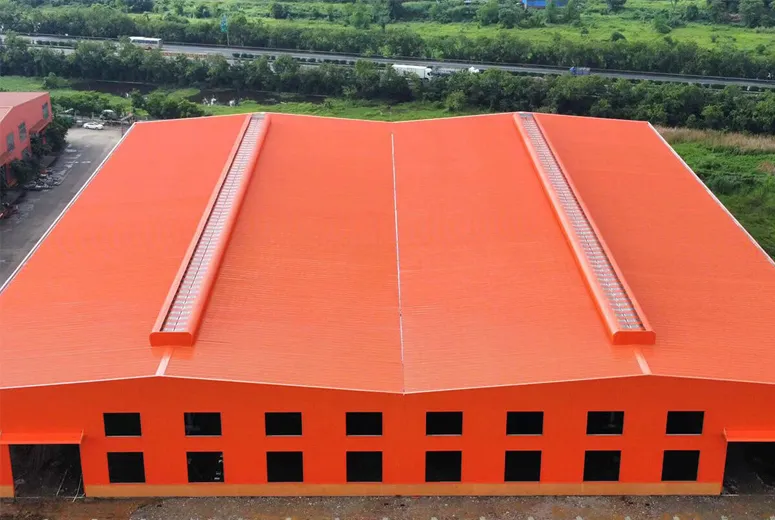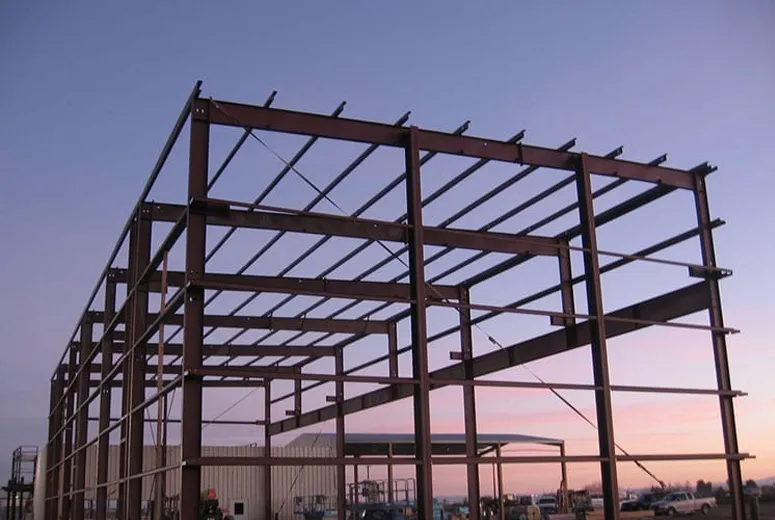Warehouse buildings are essential for efficient storage and distribution operations across industries. They are specifically designed to provide secure, spacious, and functional environments that meet various storage needs.
1. Spacious Design
Warehouse buildings feature large open floor plans with high ceilings, allowing for optimal use of vertical space. This design accommodates racks, shelving, and heavy equipment like forklifts, ensuring efficient organization and easy access to goods.
2. Structural Durability
Built with materials such as steel or reinforced concrete, warehouse buildings offer exceptional durability and resistance to environmental factors like wind, snow, and earthquakes. This ensures long-term protection of inventory and reduced maintenance costs.
3. Customization and Flexibility
Modern warehouse buildings are highly customizable. They can include features like loading docks, mezzanines, partitioned storage areas, and temperature-controlled zones for specific products. The flexibility of these buildings allows businesses to adapt to evolving storage requirements.
4. Quick Construction
Prefabricated components are often used in constructing warehouse buildings, significantly reducing construction time. This is especially advantageous for businesses needing to expand storage capacity quickly.
5. Energy Efficiency
Warehouse buildings are increasingly incorporating energy-efficient features such as insulated panels, skylights, and advanced HVAC systems. These enhancements lower operational costs and create a sustainable storage environment.
In conclusion, warehouse buildings are designed to be durable, adaptable, and efficient, making them a critical asset for industries that rely on streamlined logistics and secure inventory management. Their customizable and robust features ensure they meet the diverse needs of modern businesses.
What is a Warehouse Building?
A warehouse building is a large, spacious structure specifically designed for the storage, handling, and distribution of goods and materials. These buildings play a crucial role in supply chains, serving as a storage hub for products before they are shipped to retailers, wholesalers, or customers. Warehouse buildings are used across various industries, including manufacturing, e-commerce, logistics, and distribution.
The defining characteristic of a warehouse building is its open floor plan, which allows for maximum storage space and easy movement of goods. Warehouses typically have high ceilings to accommodate vertical storage systems like shelving or racking, making efficient use of available space. The layout is designed to streamline processes such as receiving, storing, and dispatching products.
Warehouse buildings are built using strong, durable materials such as steel, concrete, or metal, ensuring the structure can handle large quantities of goods and withstand the demands of constant operation. Loading docks are commonly featured in warehouse buildings, providing easy access for trucks to deliver and pick up shipments.
In addition to basic storage functions, many modern warehouses are equipped with advanced technologies like inventory management systems, climate control for sensitive products, and security systems to protect inventory. The buildings are often designed to be flexible, allowing businesses to modify the space as storage needs evolve.
In conclusion, a warehouse building is a specialized structure that plays a vital role in logistics and inventory management. It provides the necessary space and infrastructure to store goods efficiently, ensuring smooth operations within supply chains and supporting business growth.
What are the steps to build a warehouse?
Building a warehouse involves several critical steps, from planning and design to construction and finishing. Each stage is essential to ensure the warehouse meets the needs of the business and complies with regulations. Below are the key steps involved in building a warehouse.
1. Planning and Design
The first step is to assess the specific needs of the business, including storage requirements, the size of the warehouse, and any specialized features like loading docks or temperature-controlled spaces. During this phase, a professional architect or engineer designs the warehouse layout, ensuring it accommodates equipment, inventory storage, and workflow efficiency. Permits and zoning approvals are also obtained during this stage.
2. Site Preparation
Once the design is finalized, the site must be prepared for construction. This involves clearing the land, leveling the ground, and preparing the foundation. Excavation work may also be required if the site is uneven or has specific soil conditions that need addressing.
3. Foundation Construction
The foundation is the base of the warehouse and must be strong enough to support the building. Concrete foundations are commonly used for warehouse construction, and workers pour the concrete slab, ensuring it is level and durable.
4. Structural Framework
After the foundation is set, the steel or concrete framework is erected. This includes the installation of support beams, columns, and trusses that form the skeleton of the warehouse. The structure is designed to support the building's roof, walls, and any internal systems.
5. Roofing and Walls
Once the framework is complete, the roof and walls are installed. Roofing materials such as metal panels or steel are commonly used for their durability and cost-effectiveness. The walls may include insulation for energy efficiency.
6. Interior Finishing
The final step includes adding internal features such as shelving, storage racks, lighting, and heating or cooling systems if required. Loading docks and security systems are also set up. Once everything is in place, the warehouse is inspected to ensure it meets safety and operational standards.
In conclusion, building a warehouse requires careful planning, strong foundation work, and structural construction. Each step is essential for creating a functional, durable, and efficient storage facility.











